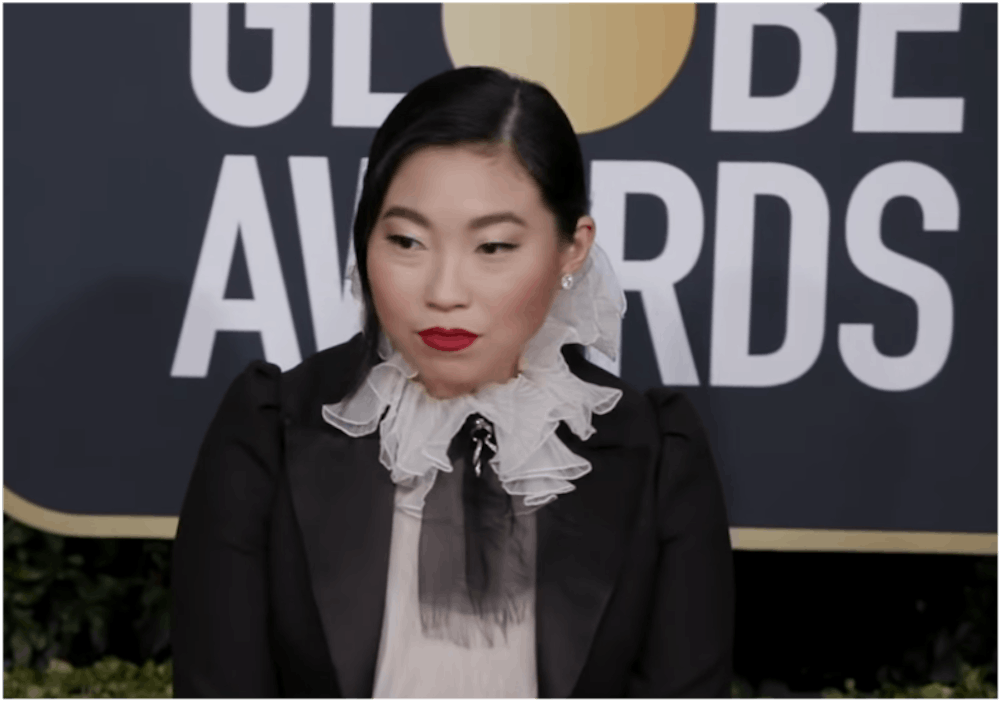After a series of trailers, Raya and the Last Dragon finally premiered on March 5. The movie begins with an elaborate two-dimensional animation of Kumandra, a once-united land that now appears unrecognizable to the current inhabitants, who are divided into different territories. The focus is put on a powerful gem guarded closely by members of the Heart tribe. Like its name suggests, the Heart tribe is essential in keeping the gem safe and maintaining the last sliver of protection against the evil power Druun.
The three-dimensional animation brings life to characters with intricately detailed facial expressions. Although such animation was not akin to human actors on screen, I found it more than sufficient for effectively conveying the characters’ emotions. This aspect of three-dimensional animation reminds me that we are sensitive to the simplest cues of expressing our feelings to others.
The characters of the movie believe in a mythical dragon named Sisu that drove away the evil force Druun with its magical gem. The worship of Sisu draws viewers’ attention to the dragon’s potential in unifying the divided lands back into Kumandra.
The protagonist Raya is tested for her ability to guard the gem in the beginning of the movie, which offers insight into her adventurous and brave character. Her cooperation with a small companion named Tuk Tuk adds humor to the movie through its own facial expressions and the adorable sounds that it occasionally makes to respond to Raya.
The name of Raya’s cute friend is the same as a mode of transportation used in Southeast Asia. It was interesting to see Raya use her companion to travel just like how the tuk-tuk is used by people in reality. Tuk Tuk’s versatile role in the movie supports the transition between different places when Raya has to move across the land.
Many have critiqued how the movie does not accurately reflect Southeast Asian culture due to the shallow characteristics of the plot. There is a lot to be said about how the movie does not address the many distinct cultural elements of Southeast Asia. However, for the purposes of enjoying the movie on a relaxing Friday night, I focused on the message about human nature that the movie tried to convey.
When Chief Benja of the Heart tribe invites the tribes Fang, Talon, Spine and Tail to his land, he does not suspect that they have come to steal the magical gem. Young Raya is intimidated by the hostility and tension between the tribes until she sees another girl of her age in the Fang tribe.
Raya is deceived by her new friend Namaari’s gift to her and decides to show Namaari where the location of the magical gem is. Namaari quickly betrays Raya and initiates a fight between the tribes for the gem, resulting in the gem shattering into pieces. Each tribe grabs a piece of the gem and escapes, awakening the Druun.
In an attempt to save Raya, her father Chief Benja pushes her into the river as he is turned into stone by the Druun. Raya emerges after the shattering of the gem as a young woman, seeking to steal the gem pieces from each tribe. She awakens Sisu and barely escapes Namaari as she travels to her next destination.
In each tribe land, Raya meets individuals who end up joining her on a journey to piece together the gem and unify the lands into Kumandra. Through sympathizing over the common loss of loved ones to the Druun, the characters form a bond that supports them through the dangerous journey. Their common loss shows how the actions of one individual, Namaari, can have a profound impact on the lives of others.
Raya’s travels reveal the consequences of human greed in various forms. Often a skeleton is found holding the piece of the gem instead of a living human treasuring it. Scenes like these imply how people can be blinded by an object that they think is worth more than other values in life, such as harmony and familial love.
Personally, I thought the dragon Sisu (Awkwafina) brought the most humor to the movie. I believe it was because the stereotype of a powerful and unapproachable dragon was challenged through the portrayal of Sisu as a more friendly, extroverted character. Sisu’s persistent encouragement of Raya to trust people by giving them a chance is integral to communicating the message of the movie.
Although I have watched numerous Disney animations, I was impressed by the bursting colors of the three-dimensional dragons in this movie. The artistic style of the film is truly magnificent. Aesthetically, Raya and the Last Dragon is a true triumph.
By the end of the movie, I could understand why there were comments about the film’s cultural origins and whether they were reflected well. I initially watched the movie thinking I would focus on Raya’s relationships with others, but I do find myself agreeing with Hoai-Tran Bui’s critiques that it would have been nice to see more human interactions that involved Raya in the culture that the movie was inspired from instead of seeing her depicted passively with the cultural elements. That said, for all its flaws, even if it is genuinely deserving of criticism, this movie was definitely still an enjoyable watch.





